A professor of African Theatre and Drama, J.S Illah once said that “festival is the soul of African theatre” one will begin to imagine why Africans dance for everything – we dance when we are happy, we dance when we are sad, we also dance when we go to war or we are living in peace . the reason is simple the mode of communication is an inbuilt humanistic character that forms the personality of the African.
The Mupun nation will on Saturday the 14, March 2020 celebrate the long time tradition of the VWANG festival, at the Lankan in pankshin LGA, Friday the 13th of March the crowning of the MISS Vwang a contemporary initiative will be stage at Tambal hills and resort by 7 pm… so what is Vwang? And who are these people call the Mupun?
UNDERSTANDING THE FESTIVAL: VWANG
According to Danfulani and Dadok in their separate works, examining the various stages and huddles Mupun boys undergo before they became real men during the pre-modern times, submits that “In Mupun land, the most important ritual for males or boys after puberty is Vwang/pun Circumcision (Chan) i.e. manhood rites” It is compulsory for every Mupun male. It comprises of various stages and it is usually an elaborate ritual ceremony that takes about two years in preparation’. The Chief Priest and his Council of Elders always remind the community well in advance as relations of the boys from far and near are expected at the ceremony. Moreover, boys from other villages could be brought to join their counterparts in any Mupun village holding Chan (circumcision Manhood and puberty rituals are carried out on two different levels but during the same years for children between ages eight and thirteen.
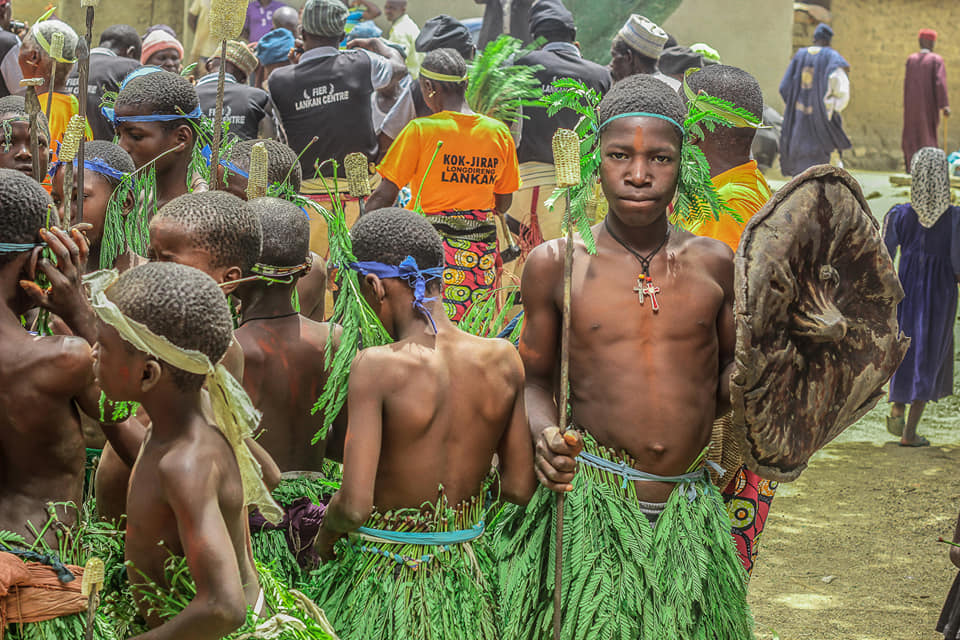
The first consist of circumcision (Chan) and the second of manhood training (Vwang/Pun). These two major stages comprise of smaller rituals; some Mupun clans perform boys initiation rites quadrennials while majority perform it after every eight years.
CHAN (CIRCUMCISION)
Chan is indeed very important in the life of every Mupun boy and it is anticipated with a great deal of anxiety and expectations. it is the ritual that will separate the boys from the men, thus it is approached with a great deal of preparations, secrecy, dread and watchfulness. Other rituals to go with the Chan are the ritual of Waat Jep (stealing of children (boys), the ritual of Naa Nawaar (seeing of the female deity of secrecy/the ritual of Mang Nok toom, (embolden and removal of fear) all these before the Vwang/pun
Manhood/Puberty Training Rituals
After the two months healing periods of Chan elapses with success, the ritual of initiation (Pun) will usually follow. The main purpose of pun is to introduce newly circumcised boys to the ancestral spirit (Nji).The boys are dressed in the ceremonial regalia of animals (usually goat skin) (Nnar) which sets them apart as men Hitherto they wore the triangular parts (fwar/bante) the circumcision dress. The ritual lasts for one day beginning from early morning. Like in Chan, Pun also had its own secrets forest (lihit pun) from which people are prevented from cutting down trees. Women are in addition prevented from collecting firewood there.
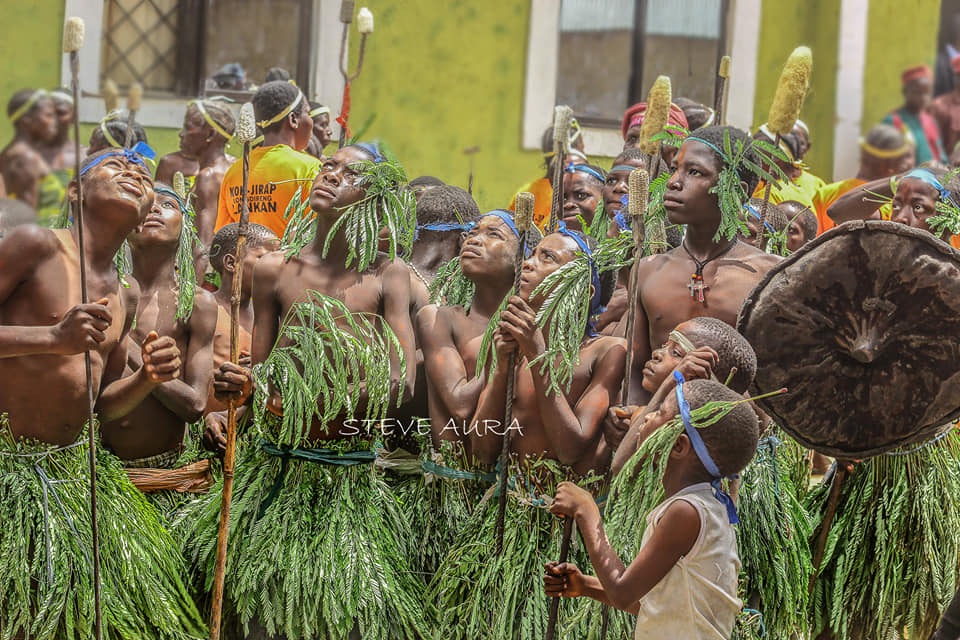
The second stage of manhood initiation rituals consists of a number of rites which includes: fishing (yak puppwap), mock fighting-over the children between nji and the living (dar nka laa), hunting (kwat) or the mock killing of human beings at the shooting range (tu gurum), seeing the ancestors, (na nji) and second stage of this initiative is further divided into the cold arid hot stages. The first stage is that of fishing-referred to as cold stage of initiation because it generates no “heat”. It is cold because it involves women and femininity.
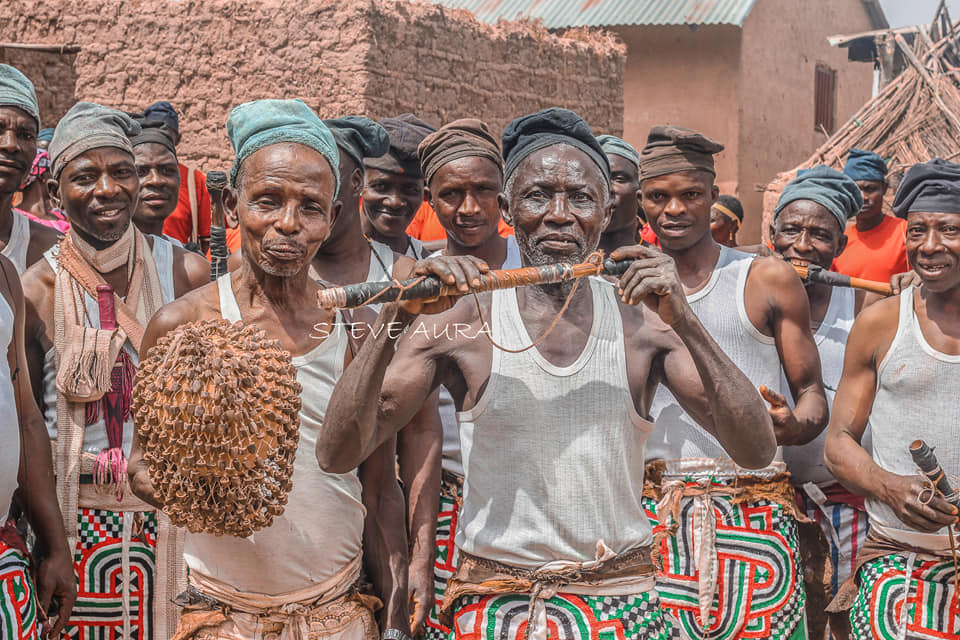
Other rituals that follow are the stage mock fighting over children between Nji and the living (dar nka laa), hunting (kwat) and then pun proper; before the boys are presented to an elderly man who receives them into a small hut as a rite. After some days, the neophytes are presented to the monstrous, spirit of Nji for the rite of second death and resurrection. It is a day of fasting for the boys and they leave home before dawn.
As the boys puberty rites come to an end, the boy’s most important hurdle to cross Lap Kum that is, and the young neophytes will soon be launched and it is a natural achievement which he looks forward to with anxiety and expectations. This stage where he will learn to know and work with the various Kum-Mo deities, Nji Mo the body ancestors and indeed the whole inner and internal organs of Mupun traditional systems.
As a mark of success for the various rituals being done, the Vwang festival is celebrated annually by the Mupun people as a symbol of unity and togetherness. It is a reflection of the bond of brotherhood and oneness that binds the Mupun people before and till today. The festival is normally performed at the Vwang festival ground in Mupun Chiefdom in Lankan.
WHO ARE THE MUPUN?
Out of “about one thousand African people (Tribes) quoting Miri citing Mbiti: 1969:1), Nigeria, (the most populous black country in Africa with a population estimated at 120,000,000 can boast of 450 ethnic groups (368) among which Mupun. A minority tribe found in Pankshin and Mangu LGA of Plateau State.
Oral tradition has it that, Mupun as a term is composed of two phrases: MU, meaning “we” and “PUN” ‘chase out of hiding. It is a term used by hunters when a game is chased out of its hiding place. A tradition of the Jiblik people has it that during their wars with the Mwagavul people, the later discovered the hiding place of the former -laying ambush, “Mu Pun Mu”. This indicated that they had discovered their hiding place and intended to flush them out (Danfulani and Fwatshak 6). The term MU-PUN could also denote “the thing of the father” or that which belong to the father. The Mupun are found in the eastern edge of the Jos Plateau which is approximately located in the centre of Nigeria, the Mupun like many other ethnic groups on the eastern part of Jos Plateau speak Chadic languages mutually intelligible. Chadic speaking neighbors’ of the Mupun include the Ngas, Mwagavul, Chakfem Tambes, Gung, Miship, Ron, Kofyar, Doemak, Mernyang, Jipal and a host of others. These groups trace their ancestry to the Middle East, and then to some area of Lake Chad Basin, down to the southern parts claimed by the ancient Kanem-Borno Empire. The implication of the chadic relationship of Mupun and the other in the group cannot be underestimated as it is fraternal hence, might share the same features.
With the creation of Pankshin province in1926 the Mupun area became known first as Lankan village and about 1922 and later Lankan district in 1934 (Danfulani and Fwatshak 7) predominantly found today in Pankshin south and Mangu local government. Mupun as an emergent post-colonial, peripheral capitalist society in a globalizing world, still believe and keep the following values as world view, which made them distinct even in the midst of relativism in ideology .the values include but not limited to:
- Truth and sincerity
- Social justice
- Quest to acquire western education to complement the limited farm lands which cannot contain the growing population
- Friendship and loyalty
- Commitment to a cause or duty.
Furthermore, they have tremendous regards for cultural values. The traditional stool is in Lankan, the traditional title of the paramount chief is “Mishkom” the current Mishkom Mupun is HRH Da. Yusuf Walle Fwangbring his immediate predecessor is Miskom Nuhu Dashwep . Politically, Mupun are sensitive, Mupun people so far have produced two speakers in Plateau State House Assembly ; Prof Dakum Gayus Shown, (1979) Rt. Hon. Istifanus Mwansat (2009).
The Mupun Cultural Development Association (MUCDA) is the Socio-cultural body that unites Mupun across different villages currently under the leadership of Comrade Nanle Gujor ( 2010-2019) who saw the registration of MUCDA with the Corporate Affairs Commission and also extending to the Federal capital Abuja where land is purchased, still yet to be develop. Again, the leadership of Nanle Gujor Aids the production of the first Mupun history among other initiative in recent times. The current leadership is presided by chief Pedro Ardiel Dafur. With a strong and vibrant youth movement under the leadership of comrade Longgul Dakwom.
The scarcity of land in Mupun, necessitated the embracement of western education as alternative yet, many that are passionate in agriculture are scattered in Shendam, Quanpan, part of Nasarawa State and Gindiri. In fact, there is a local settlement called the “Angwan Mupun” (Mupun Sellement) in Gindiri Mangu local government Area. Whereas, the Mupun currently are dominant in Pankshin South of Plateau State, Mupun are also found in Mangu South, Jipal District, occupying Tokbet-Katul, Rundum, and part of Bwonpe and pushit , to this fact, the former House Member representing Mangu South is from Tokbet and a Mupun (Hon Emmanuel Dakas 2015-2019 ) So, it is a fact that Mupun occupy two local government i.e. Pankshin and Mangu.
Apart from the MOTHER VWANG festival, which brings all villages together, other Communities Commemorates festival like; Kagu- larchwat, Jiblik- Pu’us kwat, Tokbet- TOCDA-Day, Abwor Dyis- Tambes day and kwat pas, Akong- Jilbang Manshak Festival etcetera. The six major clans and nnyam are;
- Tambes ….Tambes shiplang
- Nen dai…..Nendai ngang
- Jelbang……Jelbang mudut
- Jepkul……..Jepkul
- Differ….. Differ fwam
- Mutko……Mutkop
Settlements were clan base. A household comprised a man, his wife/wives and children and their families. The household is called Ngu lu while the clan head is called Pup lu. The household is the smallest unite of Political, Social and judicial organization. The larger unit is the village head. Most villages derived their names from the geography; Asa, drives from Saak –Stone traces on farms, Asa is on a on a sloppy terrain,which provided erosion control through terracing. Abwor village drives from Bwor,dust. Jing village from Jing- Red Loamy Soil. And Kagu from Gu, Cactus, which suggests the heavy use of Cactus.
Mupun world view is divided into two:
- Yill-grum- meaning human world inhabited by man, animals and plants
- Yill-Nji- the world of the ancestors consisting Na’aan( God) the Kum institutions ( embodiment of the deities), Riin- Spirits and Nji- ( the living Dead). Danfulani postulates that “the supreme deities , ancestors and spirits exist to assist the Mupun man live a useful life on earth. For the benefit of his clan, extended family, and for himself as an individual to aid him incarnate into the world of the living dead”
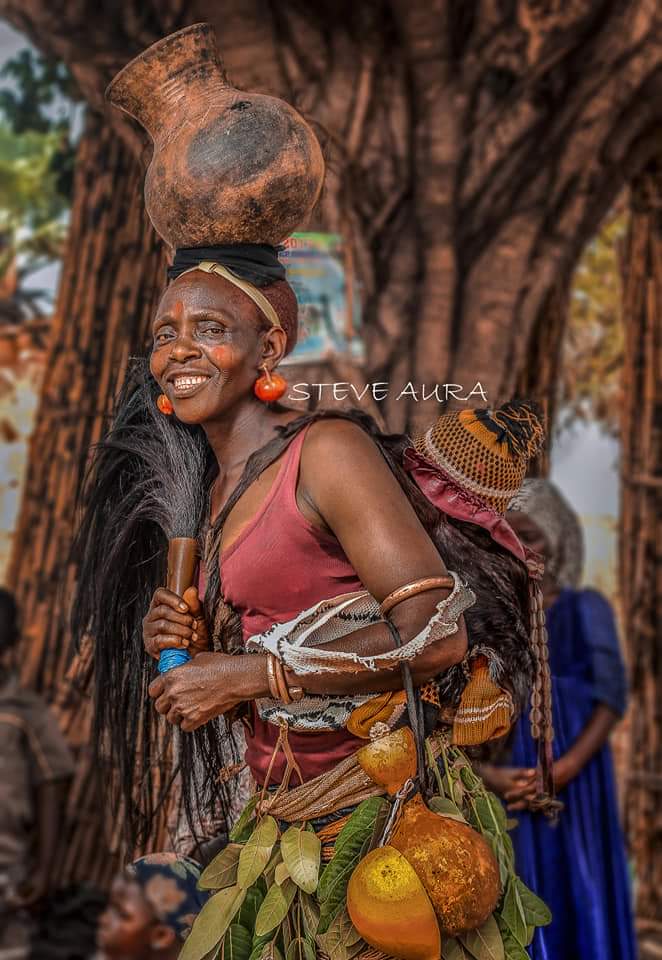
The Kum institution in Mupun worldview is second only to Na’an who is the Supreme Being. The wills of the ancestors were sought for through Paa meaning “divination” and yen meaning “medicines” the Kum had both personal and clan deities. Kum regulates and controls the socio-political economic and cultural life of the Mupun. God was approached directly only in times of crises which is beyond human remedy and that of the deities and ancestors. At the beginning of the cultivation season called the biyang- mar or Kop the chief priest performs the ritual to announce the farming season. Crops in Mupun land incudes : Kas (millet) khisuk ( acca, or hungry rice), Pa’at ( oilive) Shuwabulu ( maize) Kwaklik ( local beans), Kom ( groundnuts) and Dangal ( sweet potatoes) however recently, other crops like Rice,Irish Potatoes, and a variety of beans is grown. All able bodies men are expected to work in the farm to ensure enough food for their families as poverty is associated with laziness. The period 1979 saw the establishment of the first Secondary School i.e. Government Secondary School Jak in mupun land. The Mupun people can be found all over the world
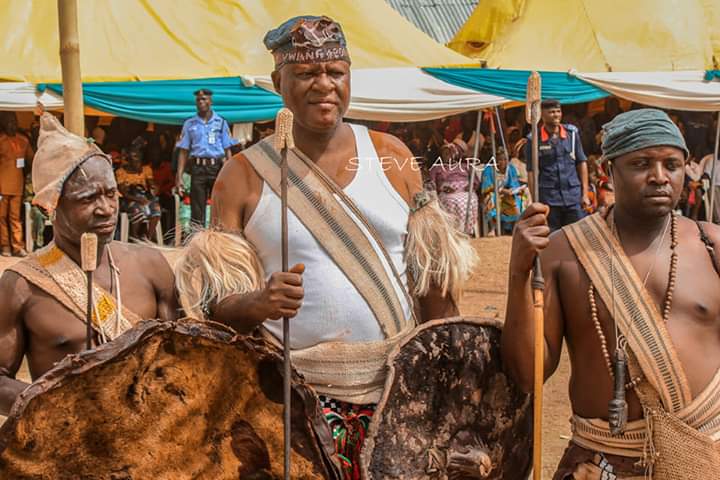
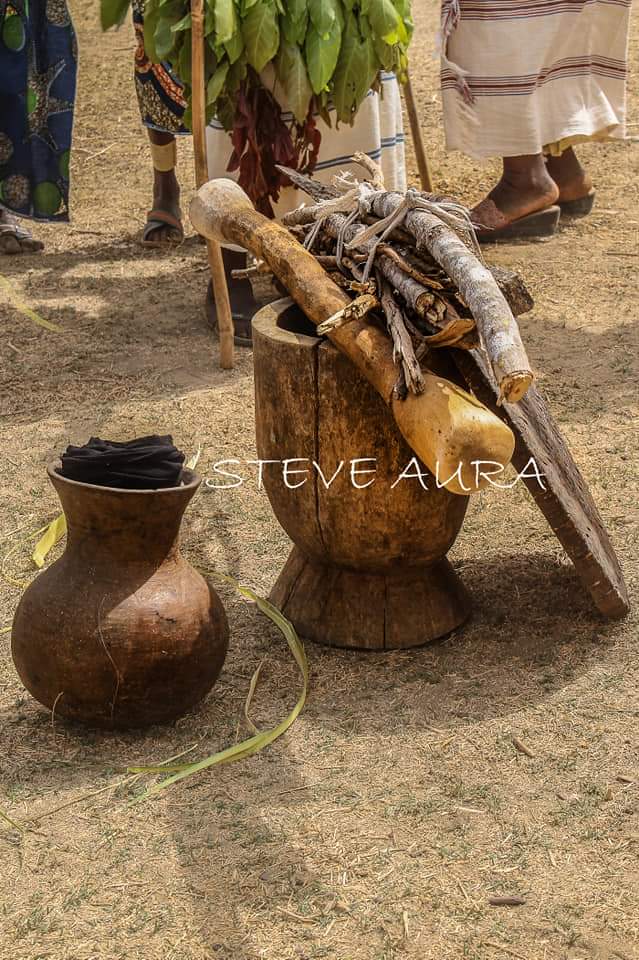
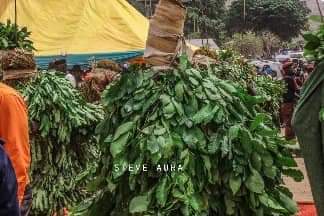
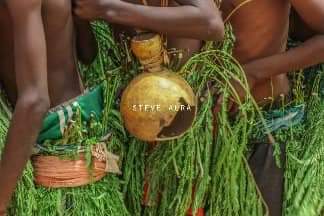
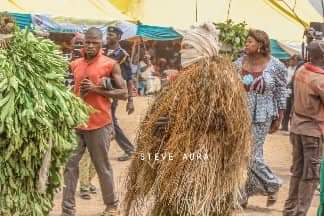
count | 3166
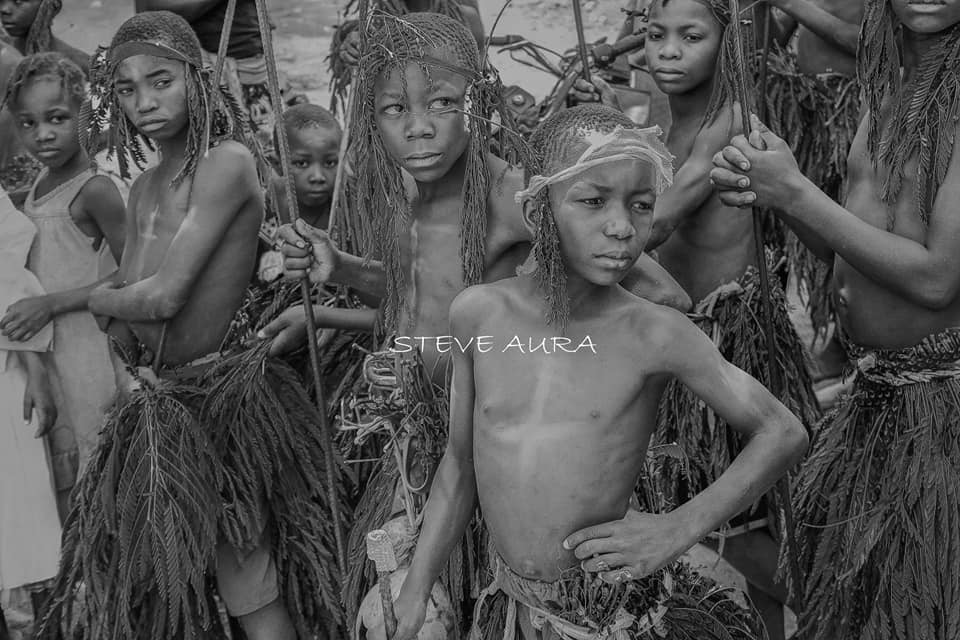
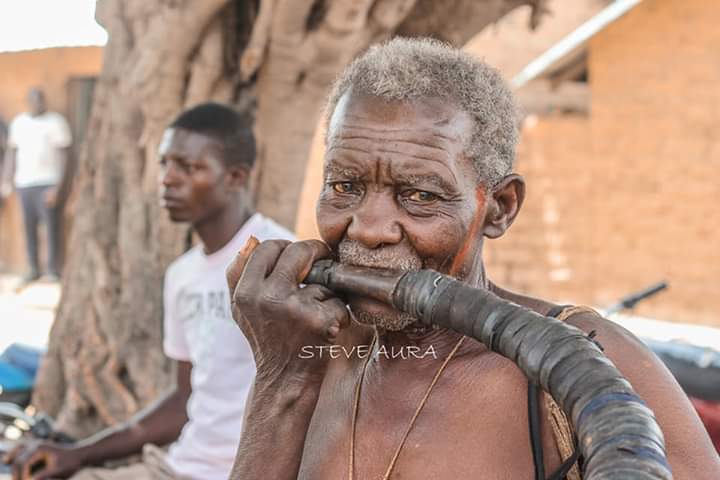
Recent Comments
Mwanchuel Daniel PamMarch 8, 2024 at 11:06 pm
Bob WayasNovember 6, 2023 at 5:30 am
JosephNovember 5, 2023 at 3:47 am